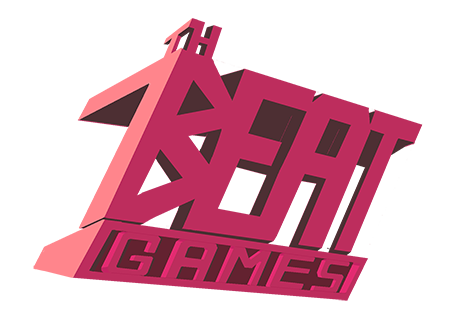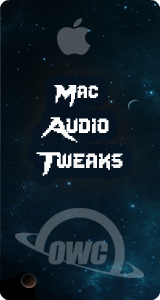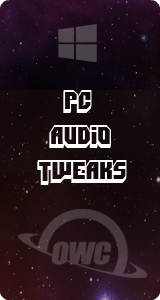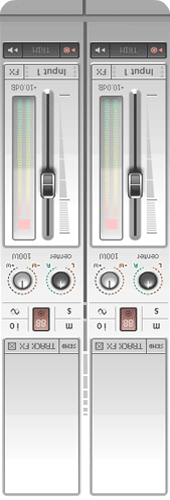Rhythm Doctor - Making a One Button Audio Game
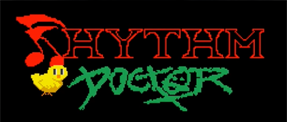
Hafiz Azman made a game to teach complex music theory concepts invisibly. The demo of 'Rhythm Doctor' won a Student IGF nomination for the game in 2014. The response was overwhelming, with the online demo being played more than 500,000 times. Now 7th Beat Games is focused on releasing the game on multiple platforms

Discussion
101:
Hey Hafiz, I found your game Rhythm Doctor to be incredibly neat. Is this your main project?
HAFIZ:
Yeah Rhythm Doctor is my main game, but I'm also working on a side project called A Dance of Fire & Ice, which is a geometry based rhythm game. Rhythm Doctor is audio-only though, whereas A Dance of Fire & Ice requires sight.
101:
How did you get into audio games?
HAFIZ:
I was born and raised in Chicago before moving to California. There used to be some game studios in Chicago in the 90's but I was more of just a gamer back then. I moved to California in 2001 and was making alot of music but with game sounds. Eventually people starting saying it sounded like video game music, so in 2009 I went back to school and did a research paper on Game Audio. I had to bridge the gap with the theory and fundamentals.
101:
What platforms are you developing Rhythm Doctor for?
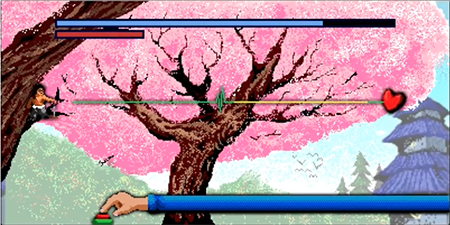
HAFIZ:
It's gonna be on PC, Mac and Mobiles as well as others. Everything will be announced soon!
101:
So is the beta playable anywhere currently?
HAFIZ:
Yeah you can play our online demo. It's an old flash demo but the actual game will be out next year around March.
101:
The clip online really caught my eye. You have this long arm stretching across the screen to push the button. The trees and buildings in the background are all pulsating to the beat - the artwork is in a cool retro style
HAFIZ:
There is a Nintendo DS title called Rythym Heaven that really inspired me. It was also an audio only playable game. Everything is audio cued and the visuals are superfluous and just there to make things fun.
101:
So you had accessibility in mind from the very beginning?
HAFIZ:
Yeah, just a single button for everything and also blind playable for all the levels
101:
Traditionally, audio games have been developed with little to no graphics but you've added cool graphics in this one. Making Sound Slots made us realize how graphics can increase the footprint of the code and kind of distract from the original goal of making sure the audio always plays, regardless of browser. Of course, this collective move away from Flash is like tearing down an entire city.
HAFIZ:
Yeah, and people still rely on Flash! We started by targeting desktop so everything was in flash which is dying, so we switched to Unity and rebuilt everything. It will be a commercial downloadable release on Steam but the browser playable demo is in Flash and has been played half a million times.
101:
What general tips do have on building rhythm games?
HAFIZ:
So, there are some specific considerations. With rhythm games the important thing is to have immediate response. You want to press a button and hear the sound immediately. SO if the input latency is like 100 milliseconds, it's really hard to play a piano piece. If you try and make a game in Windows and have the sounds react to your pressing of the keys, the latency will be at least 100 milliseconds so you can't play it. This is why there aren't many rhythm games on the PC right now. Windows has really bad latency, so unless you use special drivers it's too hard.
101:
How did you address the latency problem?
HAFIZ:
So different games have different solutions to the latency problem. Consoles are built to have super low latency but for PC there are various workarounds being used. In Guitar Hero, sounds are already cued up and hitting the wrong note just mutes the track. For Rhythm Doctor we just play all the hit sounds regardless of whether you hit the key or not. That clap always plays and you just have to manually sync your spacebar press. If you make a mistake, it plays another sound that's loud enough to cover the clap.
101:
I like how Rhythm Doctor starts super easy but gets increasingly difficult as you progress through the levels. There is some music theory being taught here as well
HAFIZ:
Yeah, the whole purpose of Rhythm Doctor is to teach players theory without seeming like a lesson. We wanted to also teach esoteric concepts and time signatures without them really knowing. It's based on the core mechanic where you have to hit space on the 7th beat. We are also trying to teach irregular time signatures like 7/8
101:
I'm playing it right now and cracking up at the graphics though. You have a samurai bobbing his head and a guy in a wheel chair getting riddim transfusions! Do the graphics interfere with the latency or gameplay mechanic?
HAFIZ:
Not really. Unity has an audio thread and gameplay thread that really work well together. If the game lags and isn't a smooth 60FPS, the audio won't de-sync from the controls. They keep steady tempo regardless of fluctuations in frame rate
101:
It looks like you have a level editor too
HAFIZ:
Yeah, we made it so people can make their own levels and 400 have been made so far. This is all within the open alpha. People can share their levels too
101:
How did the music come together and what was the goal?
HAFIZ:
Since it's me doing both the game design and music, it's a really back and forth process between the game design and music. So I was able incorporate polyrhythms and things like that. Everything was created at the same time to keep it interesting to play and listen to. The melody certainly takes a back seat to gameplay though. I wanted a gentle difficulty curve from one level to the next while being exciting for the player
101:
This seems like a great for stand up arcade too. Not just because of the solid state reliability, but crowd appeal
HAFIZ:
Yeah we are trying to take things to a new level. You know the philosophy behind the Japanese rhythm games is to make the prediction of the coming notes to be as simple as possible. So like with Dance Dance Revolution, a VSRG (vertically scrolling rhythm game), all the notes fly by at the same speed. That's the easiest way to communicate when you want someone to press the notes. Our game involves a bit more mental gymnastics so it's really a completely opposite angle.
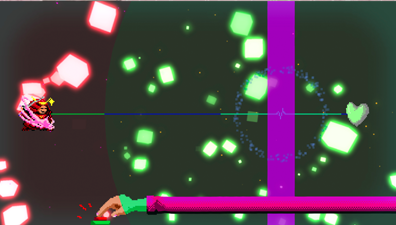
It sounds like you have a history in music
HAFIZ:
Yeah I have a music diploma from University.
101:
Can you tell me about your other game, A Dance of Fire and Ice?
HAFIZ:
Yeah, it's based on an interesting music geometry concept. It's basically two balls that are orbiting each other and every time you press the spacebar they switch orbits, but there's a lot of rhythm involved because each orbit takes two beats. It's really simple and was made in two days for a game jam
101:
Some of the best stuff happens at Game Jams and it's become a great inroad to the industry for game audio artists. Will that game be released?
HAFIZ:
Once I find the time to work on it more. It has new graphics already but the gameplay is still pretty difficult on this one. We sped up the speed of the trailer just to make it look nice. It's going to be a 2 or 3 dollar game with 30 levels. First Steam and then mobile for release.
101:
Hafiz, thanks so much for your time. I can't wait to see both of these in their final forms!
HAFIZ:
Sure! Anytime
Check out 7th Beat Games HERE
